3D scanners enable the digital capture of real-world objects and environments, allowing for precise measurements and accurate representation in the virtual world. However, given the multitude of choices present in the market, selecting the appropriate 3D scanner can prove to be a challenging endeavour. This blog aims to examine the types of 3D scanners, aiding you in selecting the most fitting option for your needs.
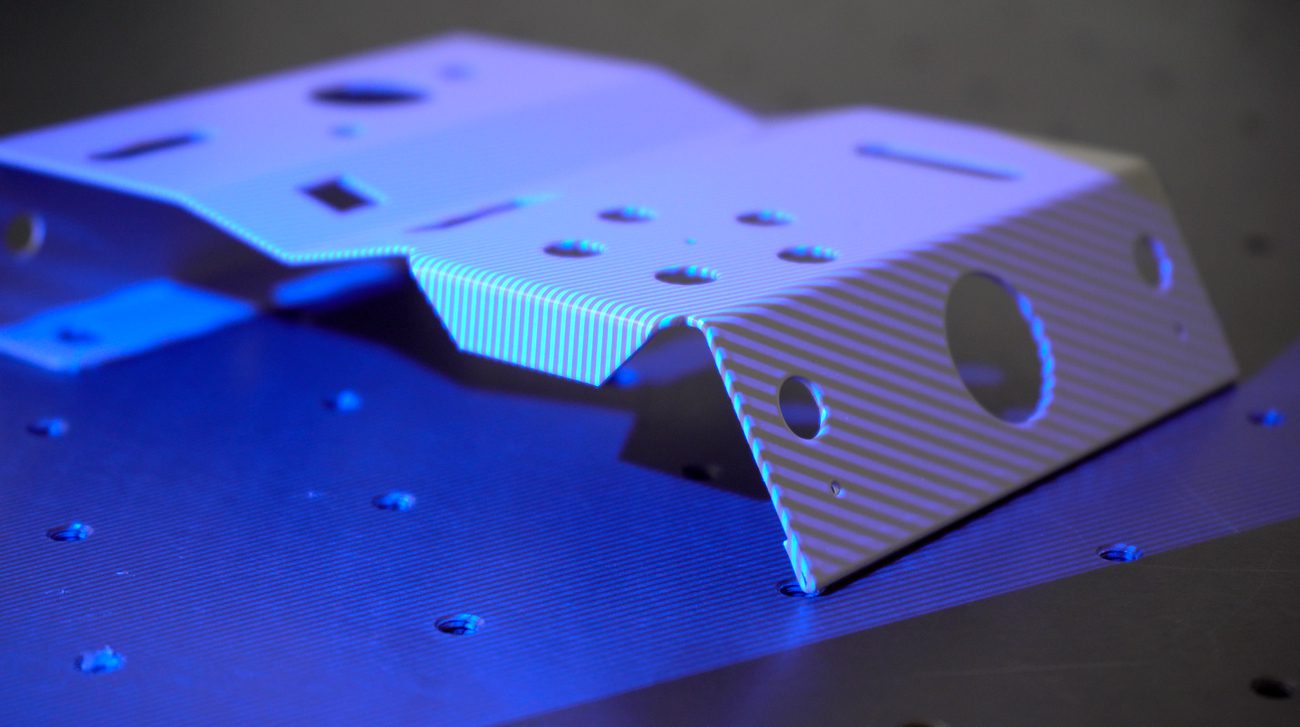
Structured Light Scanners:
Structured light scanners employ projected light patterns to capture the geometry of an object. By analysing the distortion of these patterns, the scanner creates a 3D model. They are particularly suitable for capturing detailed surface information, making them valuable in industries where precise measurements and high-resolution data are essential.
Pros:
- Faster scan times
- Full view of the object with full field scanning
- Produce dense and accurate data
- Capture intricate details and textures
Cons:
- Less effective with reflective or transparent surfaces
- Requires line of sight
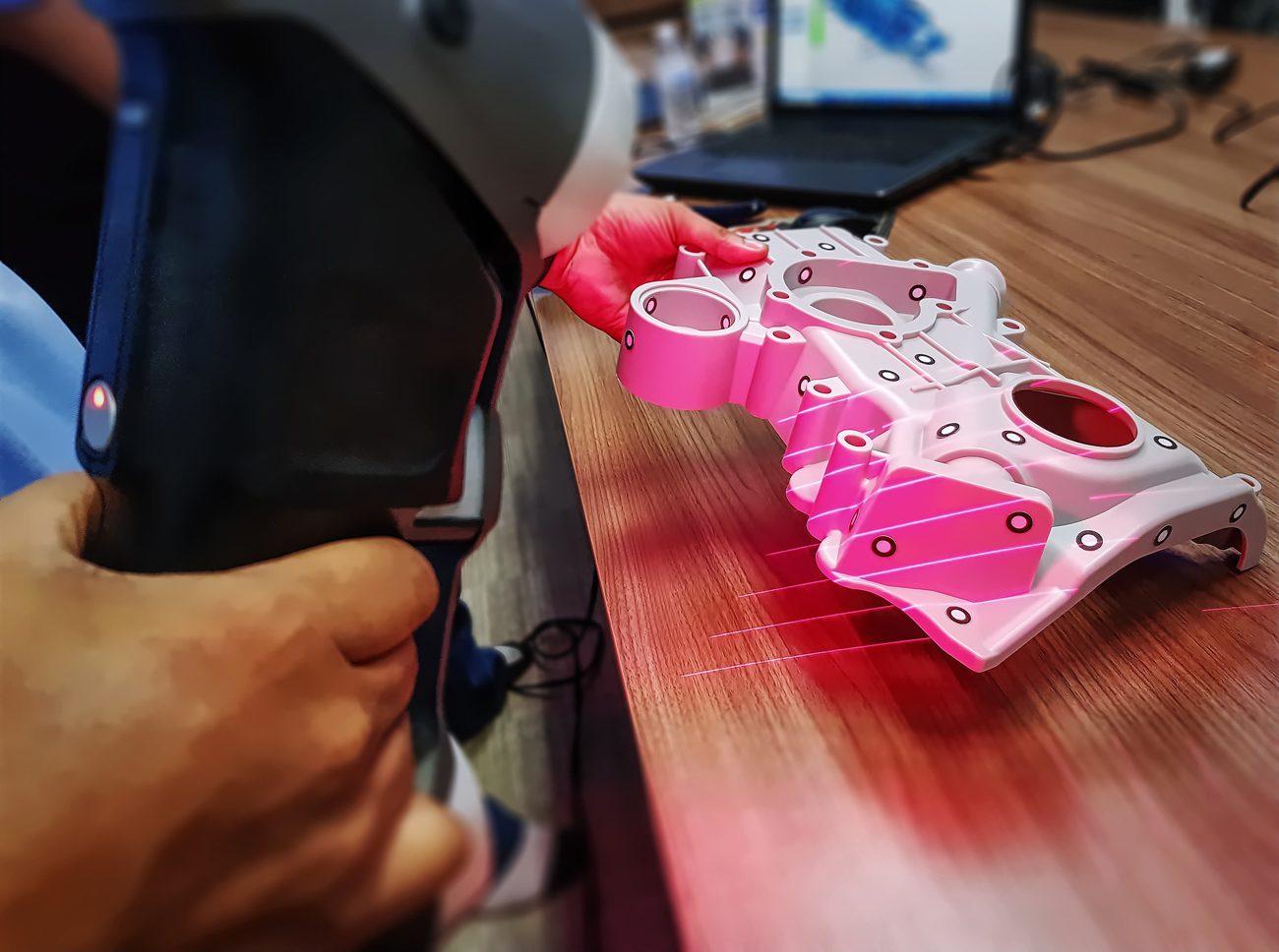
Laser Scanners
Laser scanners emit laser beams and measure the time it takes for the laser to reflect back, calculating distances to create a 3D model. These scanners excel at capturing large-scale objects and environments with high accuracy. They are widely used in industries like architecture, archaeology, aerospace and automotive design. Laser scanners offer both handheld and tripod-mounted options, depending on the desired application.
Pros:
- High accuracy and precision
- Suitable for objects of all sizes
- Capable of capturing objects from a distance
- Easy to use
Cons:
- Requires line of sight
- Complexity of data processing
- Less effective with reflective or transparent surfaces
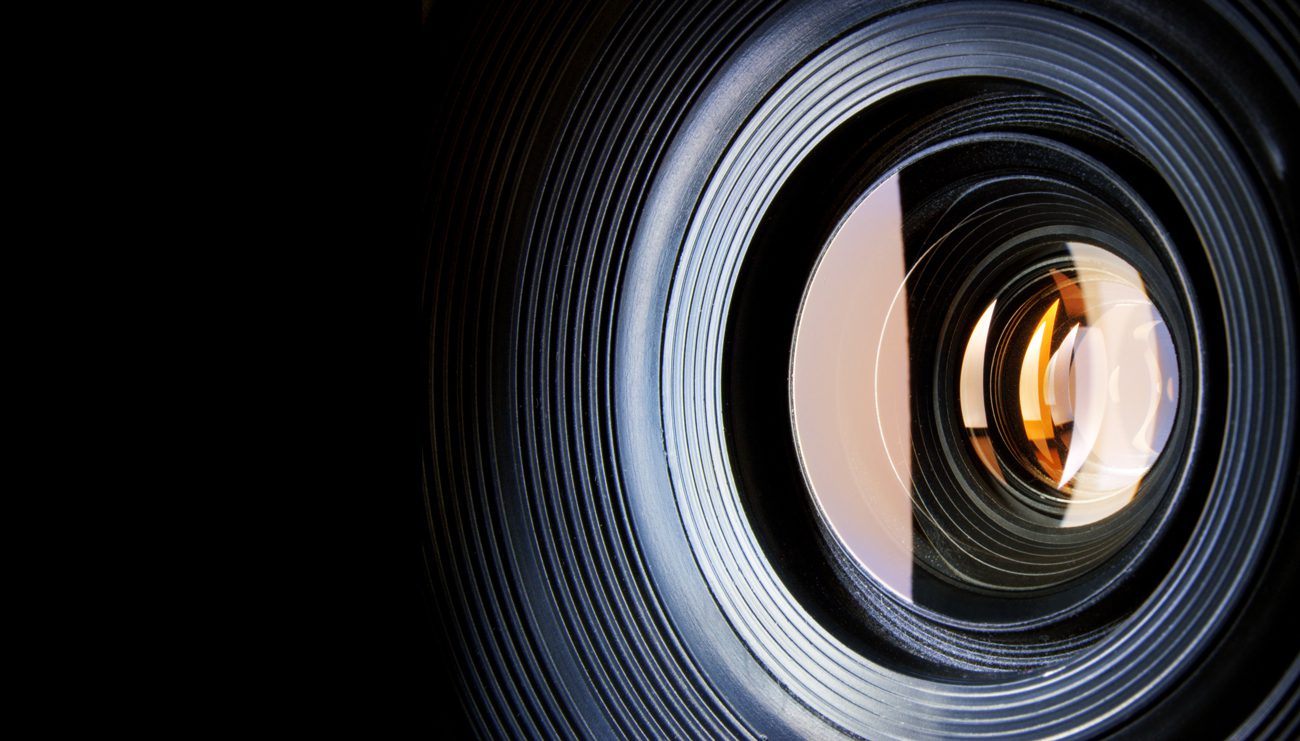
Photogrammetry
Photogrammetry utilises multiple photographs taken from different angles to reconstruct a 3D model. It is a cheaper solution that can be performed using just a smartphone or a dedicated camera. This technique is widely adopted in fields like virtual reality, gaming, and cultural heritage preservation. Photogrammetry is flexible and can capture objects of varying sizes.
Pros:
- Affordable and accessible
- Suitable for capturing objects of varying sizes
- High Accuracy and detail
- Can be used in conjunction with structured light scanning
Cons:
- Requires line of sight
- Requires proper camera setup and calibration
- Challenging for glossy or transparent surfaces
- Time-consuming data processing
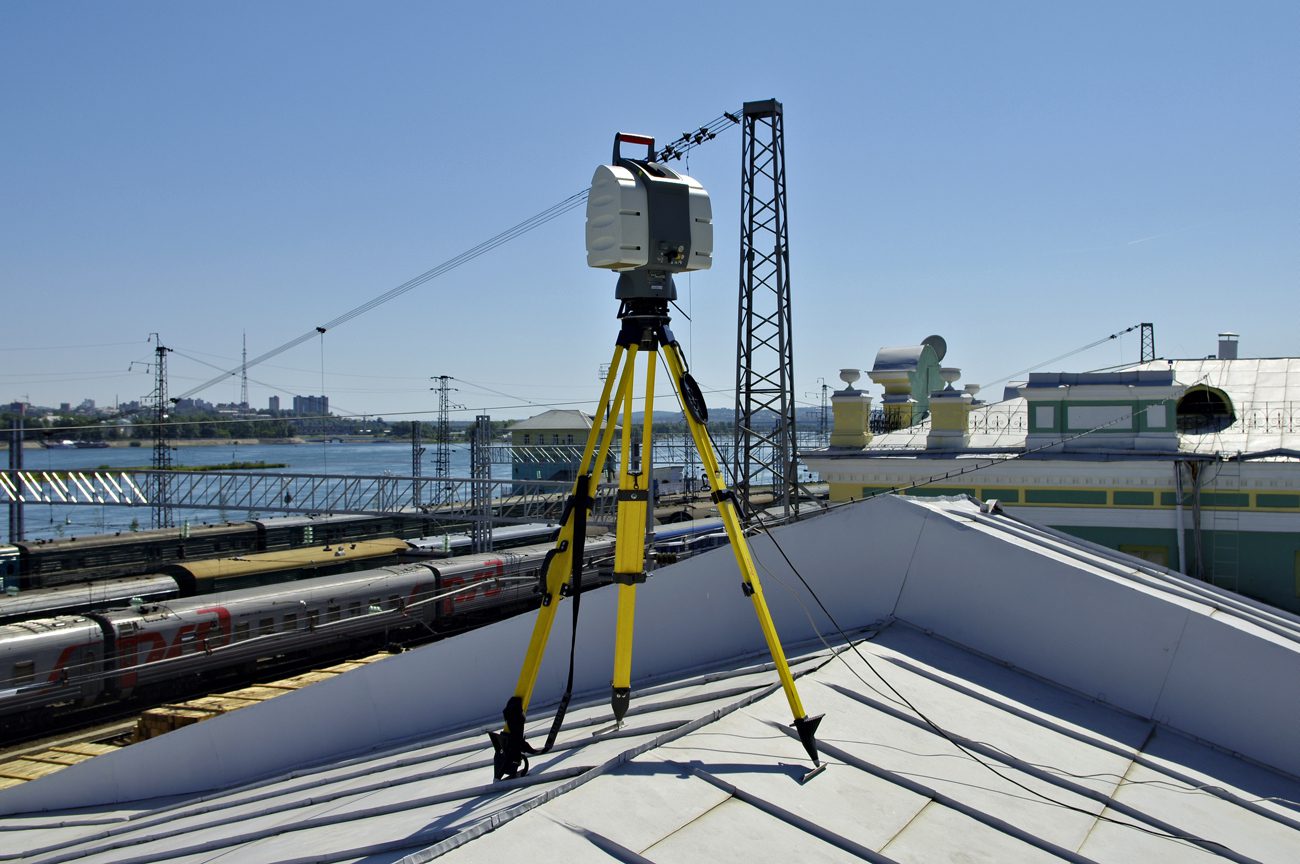
Long Range Scanners
Long-range scanners, as the name suggests, are 3D scanning devices specifically designed to capture data over significant distances. These scanners are capable of scanning large objects, expansive environments, or outdoor spaces with exceptional precision.
Laser Pulse Scanners:
Laser pulse scanners (also known as time-of-flight scanners) operate by measuring the time it takes for the laser pulse to travel to the object, then back to the scanner. They emit multiple pulses of laser light in rapid succession, covering various points on the object's surface. The scanners rotate the laser and sensor, allowing for a full 360-degree scan. By scanning the laser pulses across the object or by moving the scanner itself, multiple distances are measured and recorded.
Laser Phase Scanners:
Laser phase scanners utilise phase-shift interferometry to measure the phase difference between the emitted and reflected laser beams. This phase difference is used to calculate distances and create a 3D representation of the scanned object. While phase-shift scanners offer more accurate and quieter measurements, they are less flexible for long-range scanning compared to pulse-based scanners. Laser pulse-based scanners can scan objects up to 1000 meters away, whereas phase-shift scanners are better suited for scanning objects up to 300 meters or less.
Pros:
- Collect millions of points in a single scan
- Large scanning area up to 1000 meters
- Good accuracy based on object size
Cons:
- Limited reflectivity
- Sensitivity to environmental factors
- Cost
- Complex data processing
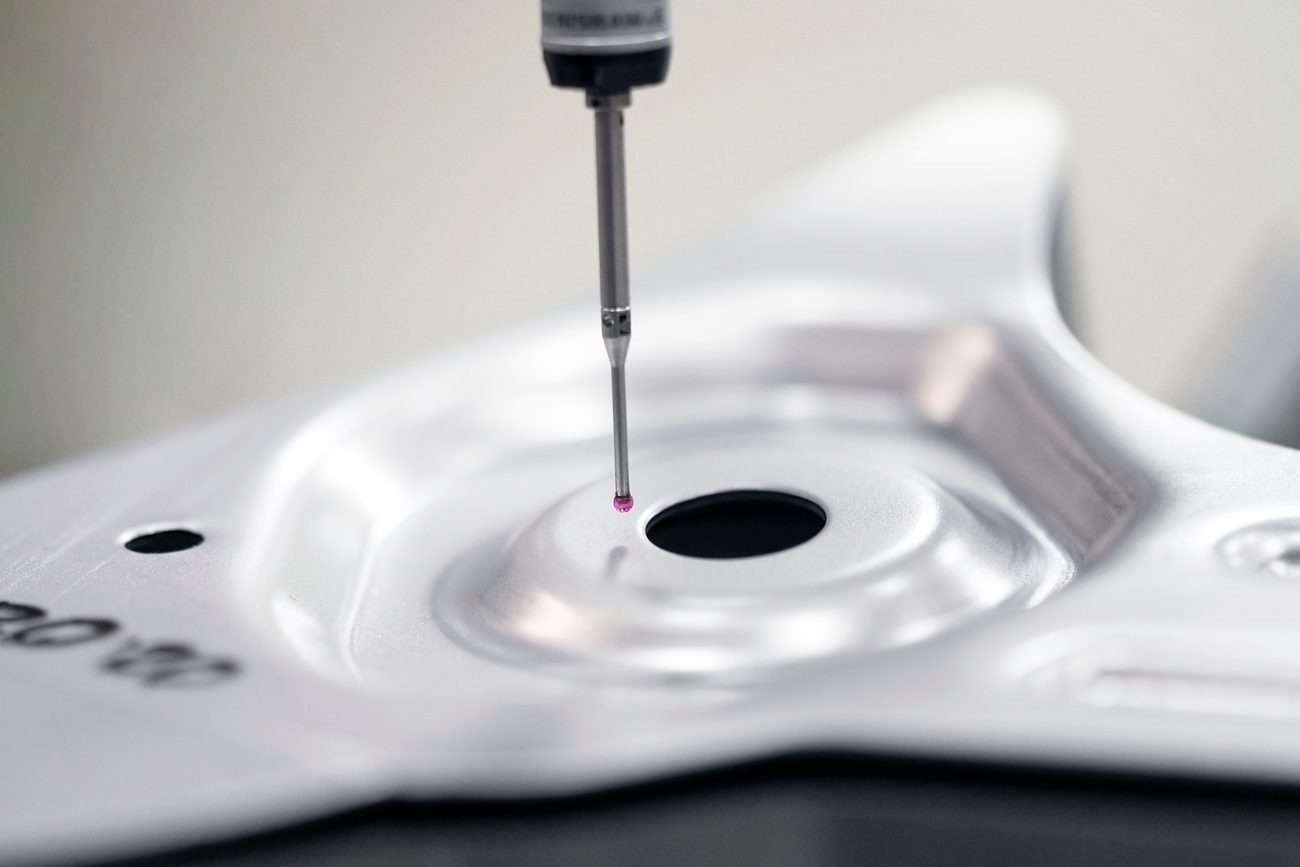
Contact Scanning
Contact scanning (also known as touch probing or tactile scanning) is a method of 3D scanning that involves physical contact between a probing device and the object being scanned. In contact scanning, a probe or stylus is brought into direct contact with the surface of the object to capture its geometric information. The probe typically consists of a small, sensitive tip that records measurements as it moves along the object's surface.
Pros:
- High accuracy
- Versatility
- Detailed surface information
- Less affected by lighting and materials
Cons:
- Surface deformation
- Slower scanning speed
- Limited accessibility
- Operator skill required
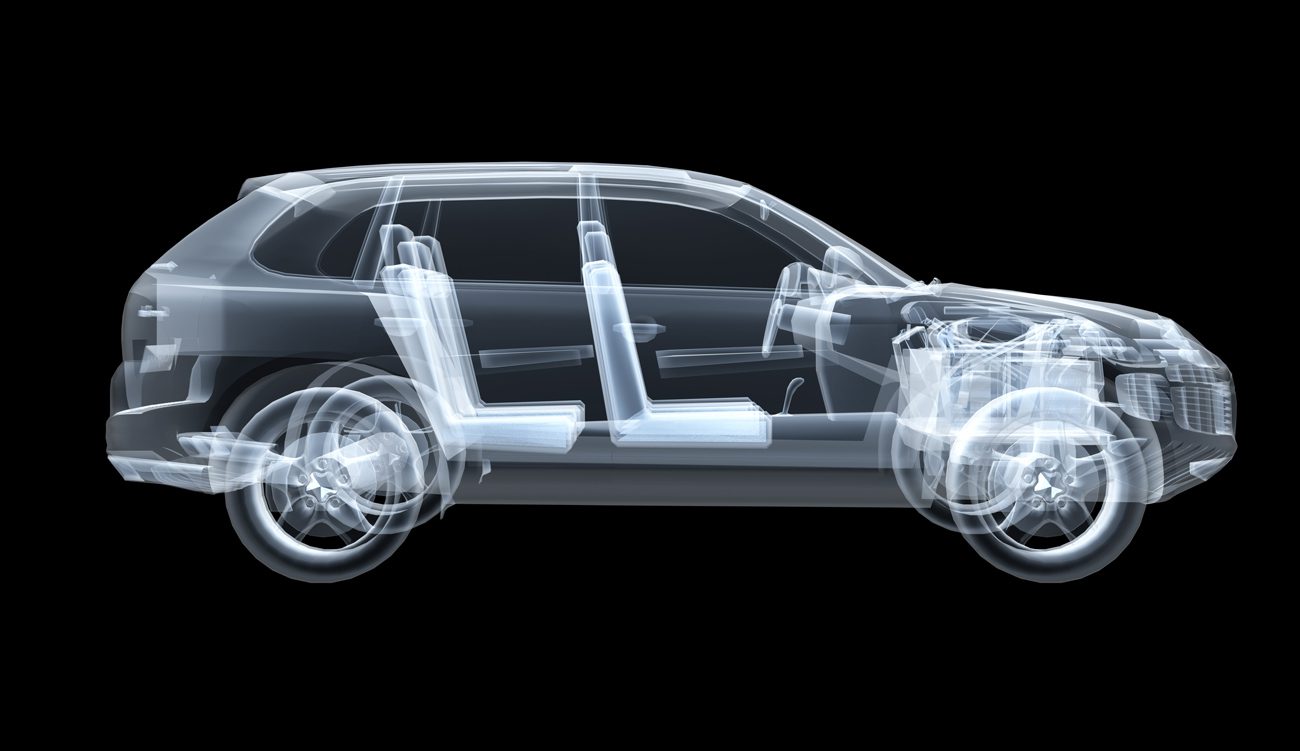
3D CT Scanner
A 3D CT scanner, or three-dimensional computed tomography scanner, is a specialised imaging device used to capture detailed cross-sectional images of an object. CT scanning, also known as computed tomography, combines X-ray technology with advanced computer processing to create highly detailed three-dimensional representations of the scanned subject. 3D CT scanning can be used in safety critical applications where cracks or holes cannot be accepted. This is prevalent with new technology such as additive manufacturing and weld testing.
Pros:
- Doesn't require line of sight
- Detailed internal visualisation
- Non-destructive testing
- Save time
Cons:
- Costs
- Limited material penetration
PolyWorks Software
PolyWorks is a comprehensive software solution that seamlessly integrates with various scanning types, offering a unified platform for data acquisition, processing, and analysis. Whether you're working with data from laser scanners, structured light scanners, CT scanners, or photogrammetry systems, PolyWorks provides compatibility and versatility. With PolyWorks, users can conveniently align, register, and combine data from multiple sources, enabling comprehensive 3D metrology and inspection. The software's robust toolset enables advanced data manipulation, surface modelling, dimensioning, and analysis, regardless of the scanning method used.
Conclusion
Selecting the right 3D scanner depends on your specific requirements and the intended application. Structured light scanners are suitable for detailed and small-scale objects, while laser scanners excel at capturing large-scale objects and environments with high precision. On the other hand, photogrammetry provides an affordable solution which meets the required standards in most cases.
This technology is constantly evolving with new scanners being released regularly which offer enhanced capabilities, so be sure to stay updated on the latest updates within the industry. Always remember to evaluate the scanner's specifications, customer reviews, and compatibility with the software you intend to use.
Investing in a suitable 3D scanner can significantly enhance your workflow and unlock endless possibilities in various industries. So, spend some time to research your options thoroughly to ensure you find the perfect scanning solution for you.